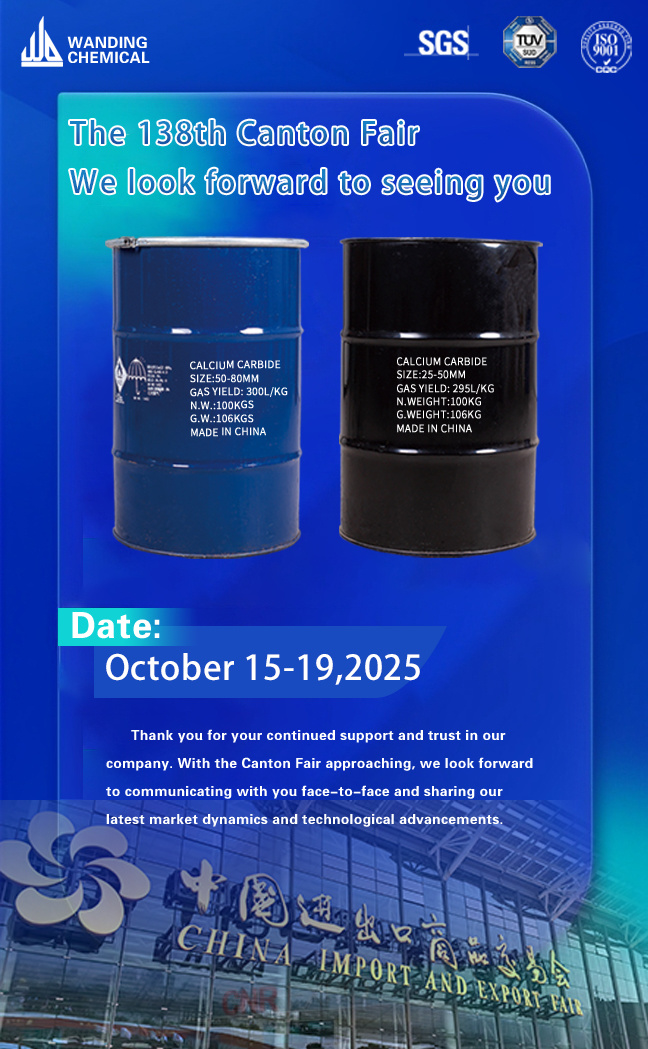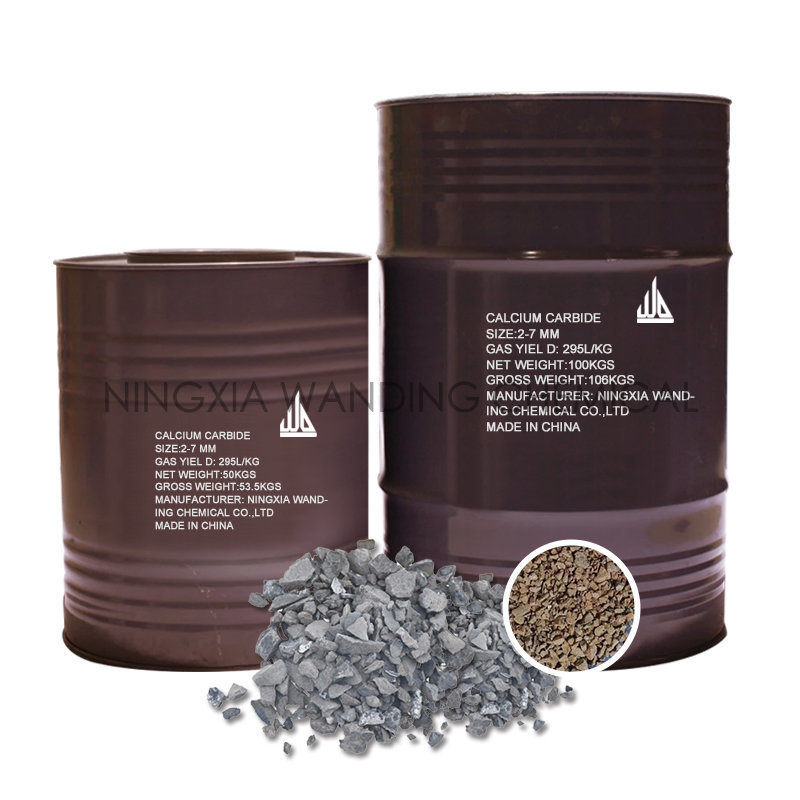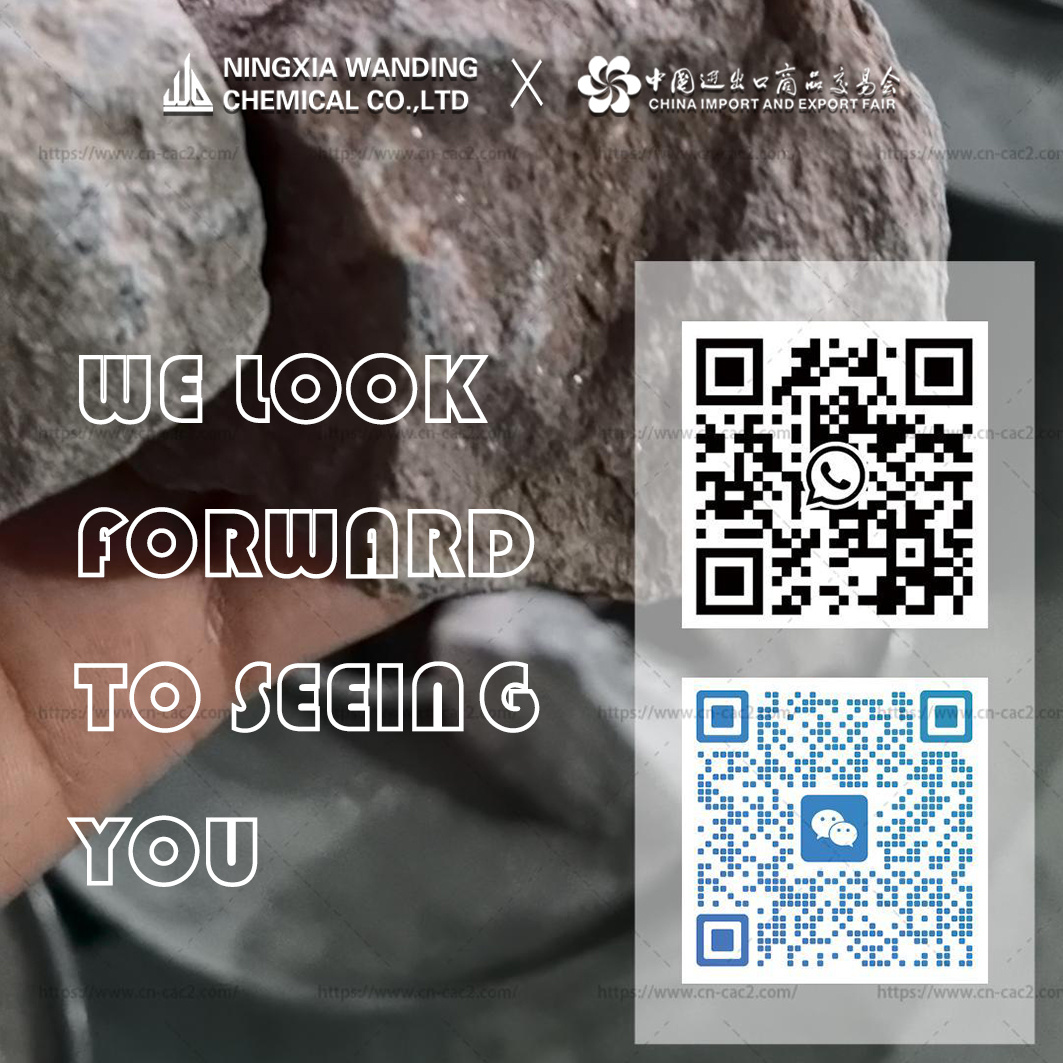A Comprehensive Overview of Calcium Carbide: Properties, Applications, and Production
Release Time:
2025-02-03
Calcium carbide, with the chemical formula CaC₂, is a gray, solid compound primarily composed of calcium and carbon. It is produced through the reaction of lime (calcium oxide) and carbon at high temperatures in an electric arc furnace. This process involves heating a mixture of lime and carbon to approximately 2000 degrees Celsius, resulting in the formation of calcium carbide and carbon monoxide
Calcium carbide, with the chemical formula CaC₂, is a gray, solid compound primarily composed of calcium and carbon. It is produced through the reaction of lime (calcium oxide) and carbon at high temperatures in an electric arc furnace. This process involves heating a mixture of lime and carbon to approximately 2000 degrees Celsius, resulting in the formation of calcium carbide and carbon monoxide as a byproduct.
One of the most significant properties of calcium carbide is its reactivity with water. When calcium carbide comes into contact with water, it produces acetylene gas (C₂H₂), which is a highly flammable and valuable hydrocarbon used in various applications, including welding, cutting metals, and as a precursor for the production of various organic chemicals. This reaction is essential in industries that require high-temperature cutting and welding processes.
In addition to its role in acetylene production, calcium carbide serves as a desulfurizing agent in the metallurgy industry. It is used to remove sulfur from iron and steel during the smelting process, thus improving the quality of the final products. Furthermore, calcium carbide is utilized in the production of calcium cyanamide, a compound that plays a significant role in fertilizers, and in the manufacture of various other chemicals.
Calcium carbide is also recognized for its application in the production of calcium hydroxide when it reacts with water. This compound has various uses, including in wastewater treatment and as a neutralizing agent in acidic environments. Moreover, the ability of calcium carbide to generate acetylene makes it a valuable compound in the production of synthetic rubber and plastics.
Safety measures are crucial when handling calcium carbide due to its reactivity. Proper storage conditions and protective equipment are necessary to mitigate risks associated with its flammability and potential for harmful gas release. Industries utilizing calcium carbide must adhere to stringent safety regulations to ensure safe handling and usage.
In summary, calcium carbide is a versatile compound with essential applications across multiple industries. From its role in producing acetylene gas to its use as a desulfurizing agent in metallurgy, understanding its properties and applications is vital for optimizing its use in various industrial processes. As industries continue to evolve, the relevance and application of calcium carbide are expected to grow, making it an important compound in the field of non-metallic minerals.
One of the most significant properties of calcium carbide is its reactivity with water. When calcium carbide comes into contact with water, it produces acetylene gas (C₂H₂), which is a highly flammable and valuable hydrocarbon used in various applications, including welding, cutting metals, and as a precursor for the production of various organic chemicals. This reaction is essential in industries that require high-temperature cutting and welding processes.
In addition to its role in acetylene production, calcium carbide serves as a desulfurizing agent in the metallurgy industry. It is used to remove sulfur from iron and steel during the smelting process, thus improving the quality of the final products. Furthermore, calcium carbide is utilized in the production of calcium cyanamide, a compound that plays a significant role in fertilizers, and in the manufacture of various other chemicals.
Calcium carbide is also recognized for its application in the production of calcium hydroxide when it reacts with water. This compound has various uses, including in wastewater treatment and as a neutralizing agent in acidic environments. Moreover, the ability of calcium carbide to generate acetylene makes it a valuable compound in the production of synthetic rubber and plastics.
Safety measures are crucial when handling calcium carbide due to its reactivity. Proper storage conditions and protective equipment are necessary to mitigate risks associated with its flammability and potential for harmful gas release. Industries utilizing calcium carbide must adhere to stringent safety regulations to ensure safe handling and usage.
In summary, calcium carbide is a versatile compound with essential applications across multiple industries. From its role in producing acetylene gas to its use as a desulfurizing agent in metallurgy, understanding its properties and applications is vital for optimizing its use in various industrial processes. As industries continue to evolve, the relevance and application of calcium carbide are expected to grow, making it an important compound in the field of non-metallic minerals.
News Hotspot




















